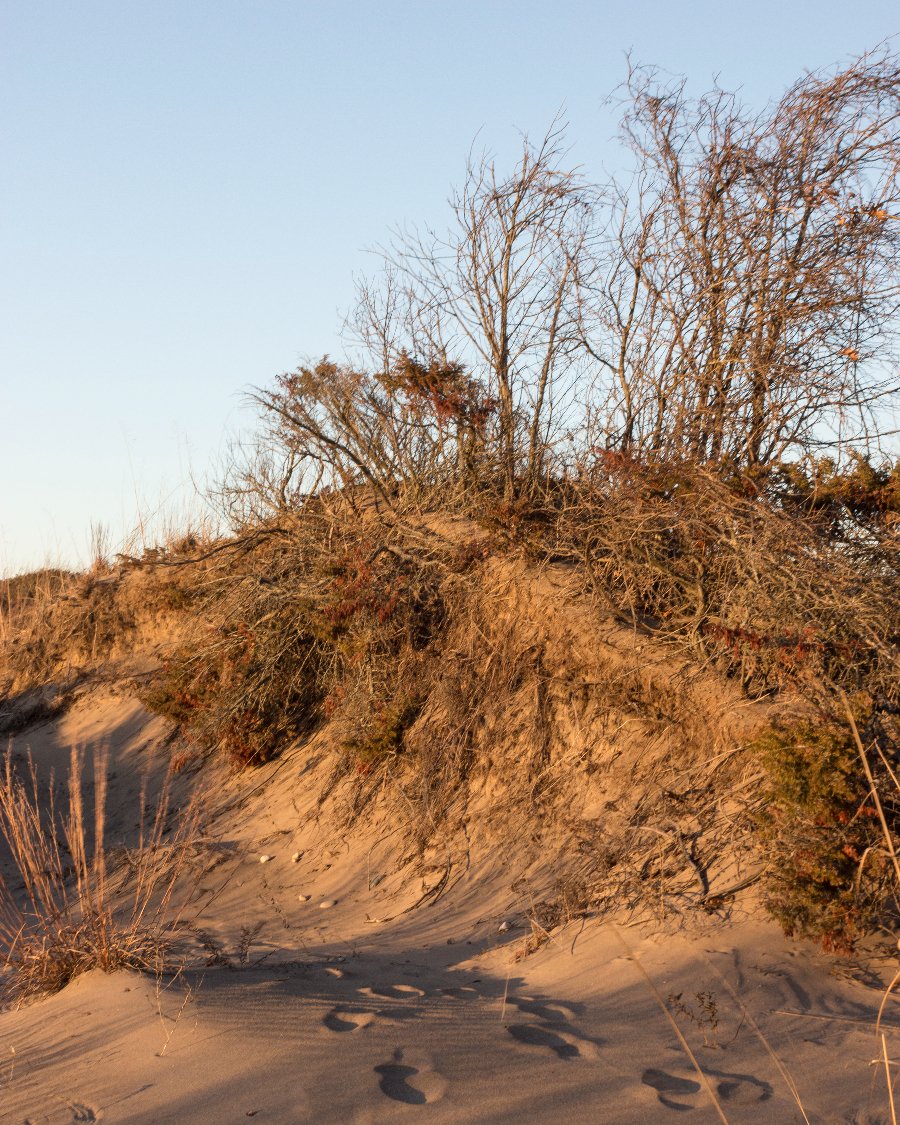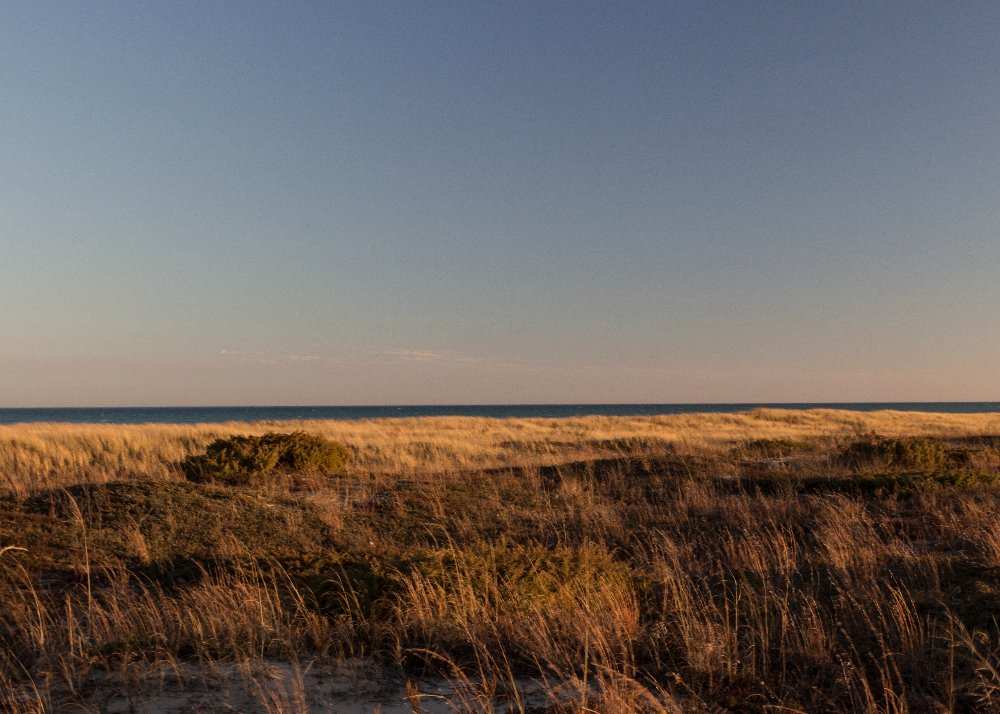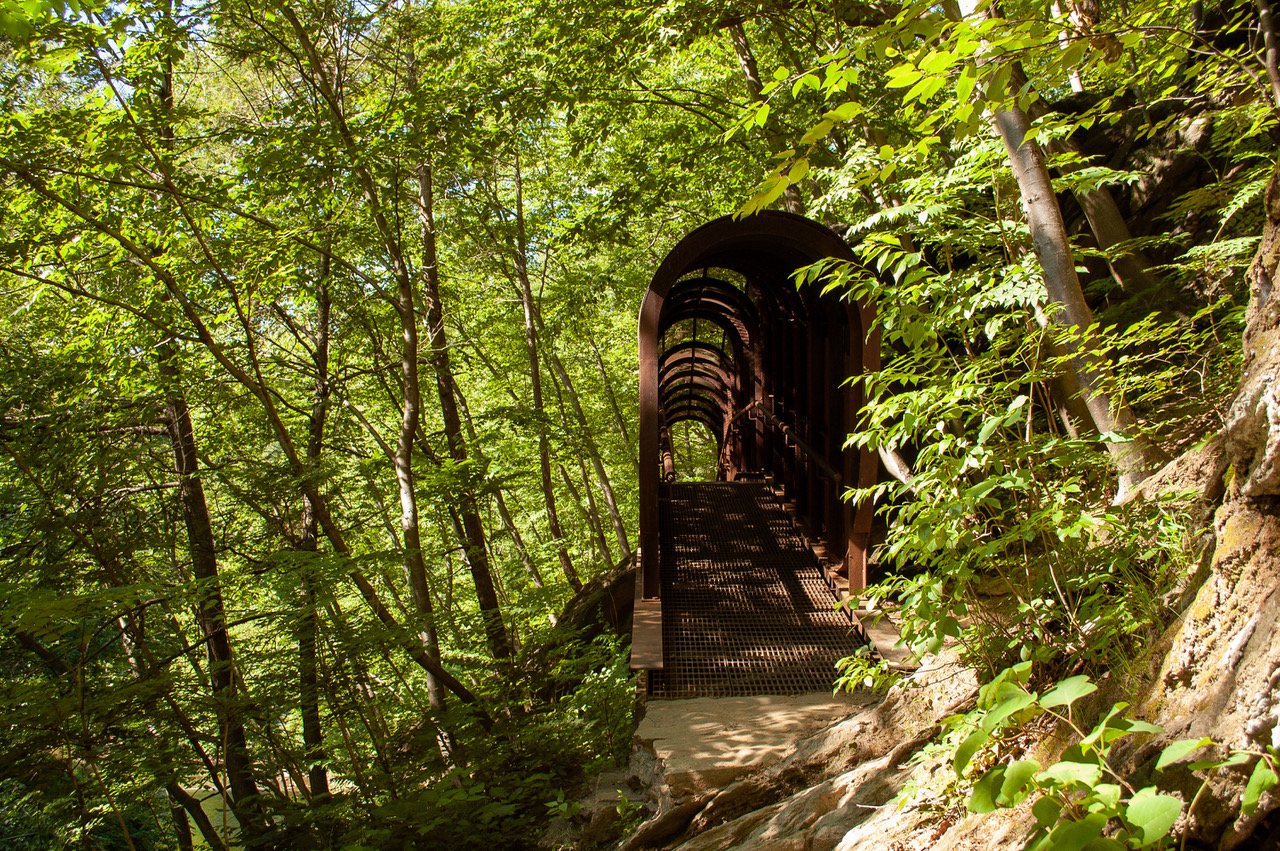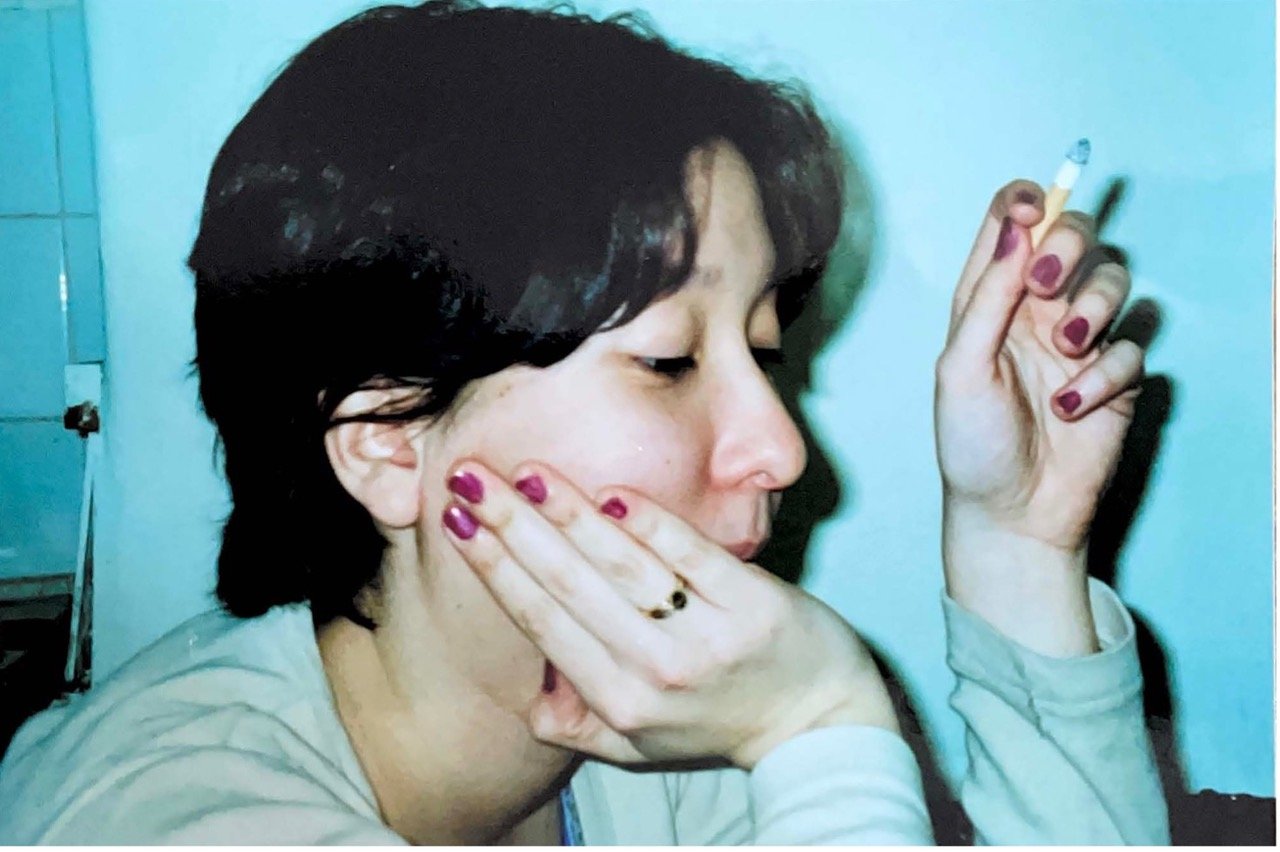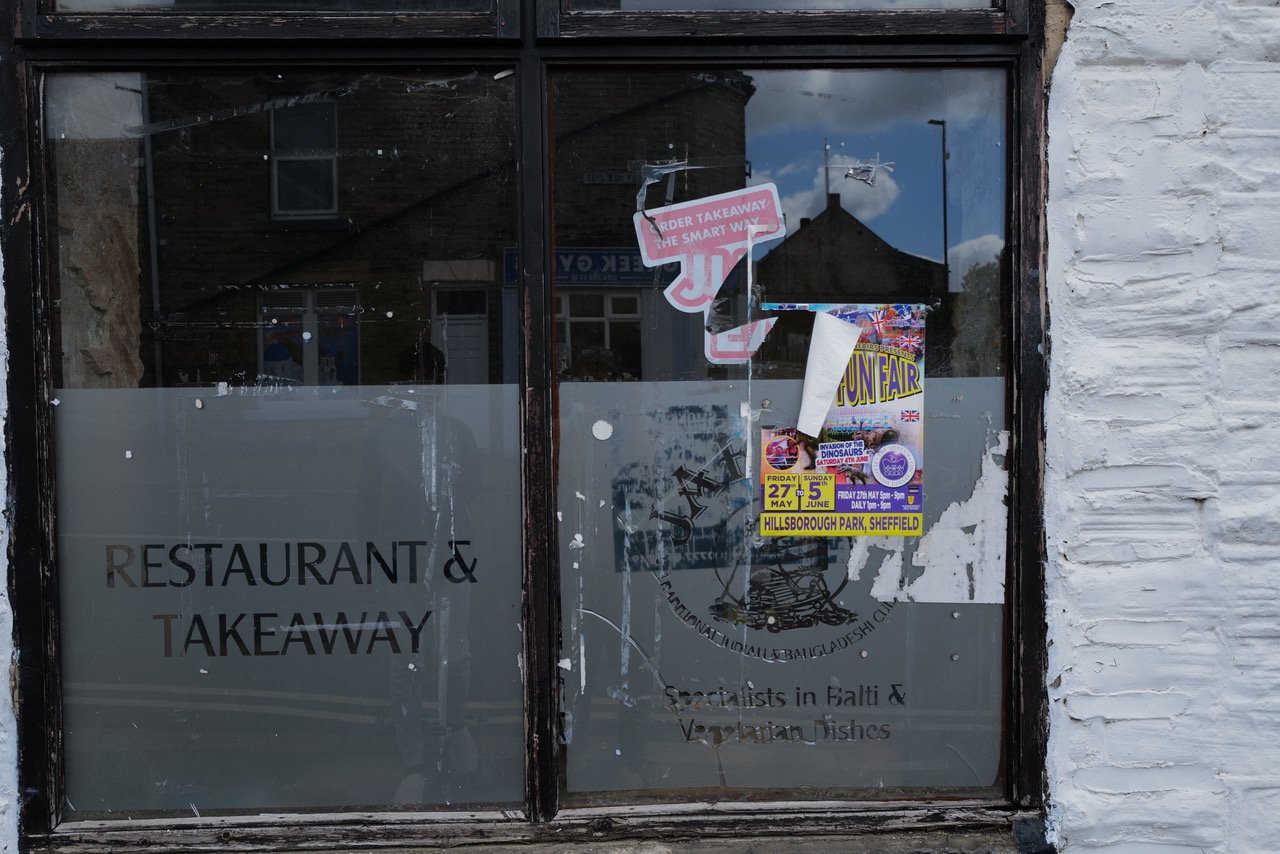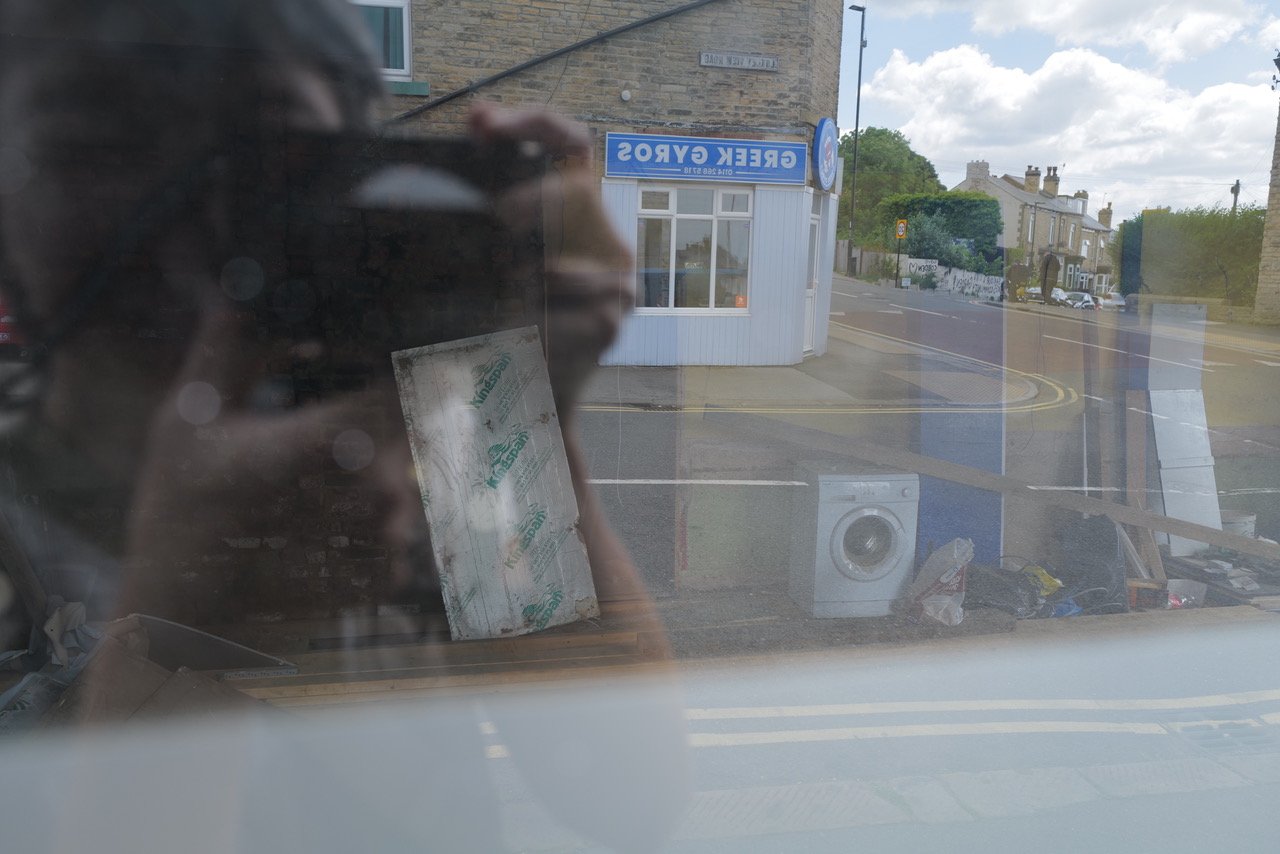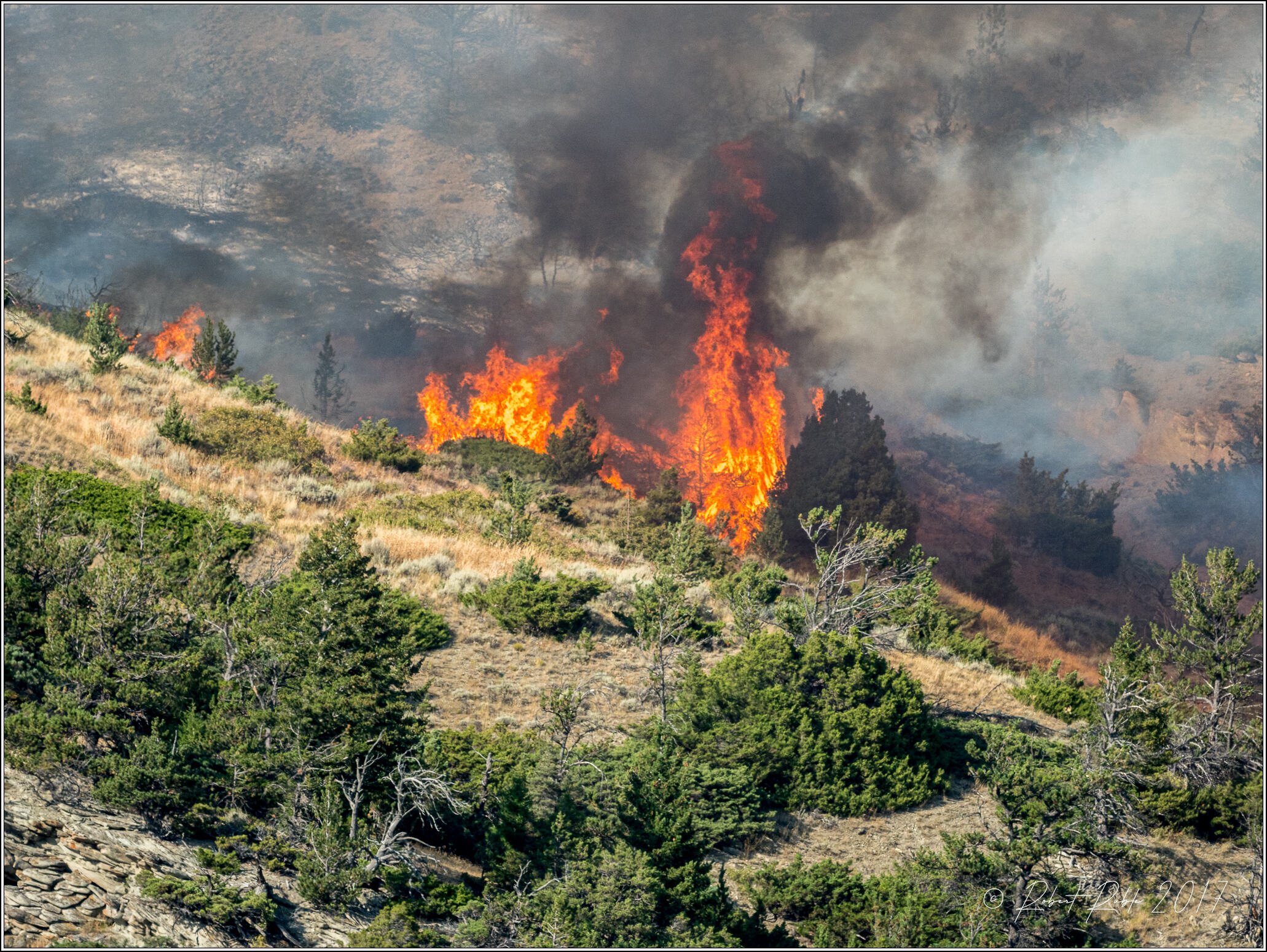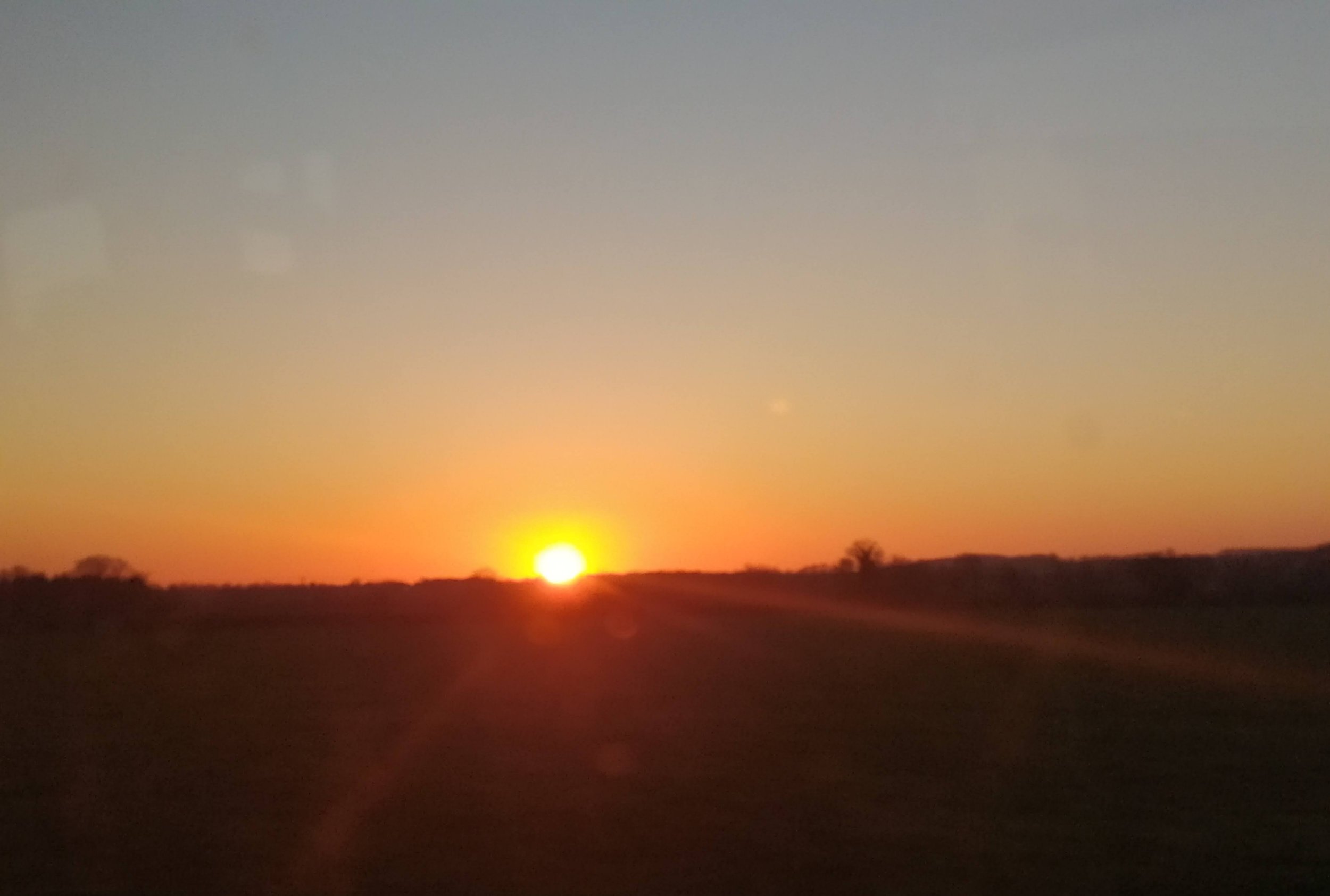Traces of Wildlife
/By Karen Parra:
As we set out on the well-worn trail, I linger behind allowing them space and time. The cadence of their deep voices rises and falls over the crunch of leaves under my feet. Seeing the similarity of silhouettes between my husband and son, I adjust the strap of my camera, feeling content. This holiday has taken on a more festive note with our son’s visit, and reflecting on our gathering promises to be an exciting entry for my gratitude journal. The recent warm spell, a welcome reprieve from the bitter Midwest winter, has given the three of us a chance to walk off the second helping of stuffing and slice of pumpkin pie, highlights of our Thanksgiving feast. I've brought the boys to one of my favorite trails, and from the empty parking lot, it looks like we have the place all to ourselves.
At this point in the season, and in the quiet of the late afternoon, I expect minimal activity, mere traces of the wildlife which inhabit the woods. The melted snow has uncovered leaves, withered berries, acorn shells, fallen branches, and dark soil to release a rustic, woodsy aroma. Hearing commotion in the midst of a pile of fallen leaves, I turn to see a squirrel searching for part of her cache she buried earlier this fall. Scanning the canopy of trees and finding the tallest one, I wonder how many years ago some squirrel forgot to collect that buried acorn. Or maybe it was an intentional act of the squirrel to bury this one small gift, knowing over time it would become a grand oak offering nourishment and a safe, warm home for future generations. Puddles are scattered along the path, and in the soft mud I can make out paw prints, likely raccoon tracks. Searching the network of intertwined branches above, I count a variety of nests visible now only for the lack of foliage. Off the path I notice several piles of fresh deer scat and wonder where this herd has bed down for the afternoon. As I move on, I realize our trio has been spotted. From deeper in the woods, I hear the bold screech of a blue jay. Following us, she swoops to a new tree continuing her alarm call.
It is typical for me to search for signs of nature, noticing individual elements. But, on this particular walk, I consider the evidence of life as a collection of essential living things. With every step I reflect on the significant role of each species, and yet, in a new way I see these as a part of something much larger. Like a cast of characters, each species within an ecosystem contributes to an encore performance.
I hear the rap-rap-rap of a woodpecker off in the distance and wonder if it is gorging on insects, marking territory, or stashing a seed. In the spring, holes left behind by one species of woodpeckers will be oozing sap which renders a much-needed sugar boost for hungry migratory hummingbirds. Arriving too early to the Great Lakes region, hummingbirds and other pollinators such as butterflies will be unable to forage on nectar from the array of native flowers. Tree sap can be a vital food and energy source to sustain them until the spring blooming. I notice the ceiling of the forest begin to open to the blue sky. I feel a shift in the breeze, a signal we must be getting close. It is as if I’m entering the grand foyer of a mansion, an entryway leading to something unknown, but breathtaking. There is a sense of excitement of what is to come.
Though today the water of the low-lying marsh is dried up, the spine of a narrow wooden bridge stands ready for the wet season ahead. On previous walks, this overpass has served as an observation deck for me while taking photos of passing turtles, soaking frogs, and if lucky, a wading great blue heron or egret. I would focus my Canon on sunbathing dragonflies perched high on the peaks of cattails as they bow and aim their wings toward the warmth of the summer sun. At the perimeter of the wetland, the multitude of pink petals on the swamp milkweed would offer a pop of color to my images. Much to my delight, this plant would also try hard to grace the marshy stench of decay with a lighter more appealing scent. But now, with the quiet of the winter season and in absence of these features, I appreciate the rhythm of the seasons and this time of preparing for spring.
Stepping off the bridge, my feet sink gently into the lag gravel. I notice trees that dwarf in contrast to those in the woods behind me. Now with full sun, a variety of grasses and shrubs line the sloping trail of sand. As I wander and adjust to the changing terrain, it feels as if I have been transported to a new land. Gazing across this area, one might mistake it for a barren wasteland unfit for wildlife. Exposed to strong winds, extreme temperatures and other harsh elements, what life forms could persist? However, like the forest and marsh, this too has an assemblage of unique living things which thrive together in the dune habitat of the Great Lakes.
The native plant Pitcher’s thistle, similar to our resilient frontier pioneers, is one of the first to establish and colonize a novel ecosystem for the good of others to come. This native plant with its heavy seeds and deep taproots can withstand the extreme conditions of an open sandy coastline. The presence of this valuable plant, some might mistake for a weed, is essential for the next wave of immigrating species, both flora and fauna, by supplying shelter, shade, and food. Now, with a more stable habitat, other vegetation such as Houghton's goldenrod can flourish and produce nectar to sustain pollinators such as the rusty patched bumble bee. Monarch butterflies, an iconic pollinator, will pass through during their migration north and east, and the bounty of these native plants will serve as a needed layover in their long journey. In addition, hundreds of migratory birds use this Mississippi flyway as an area to forage and rest before the next leg of their flight. Other birds, like the charismatic piping plover shorebird, make this their final stop to mate and raise their brood. The magnificent snowy owl represents other species who are year-round residents of this robust dune habitat. Each species with distinctive ecosystem functions, fulfilling a niche, and in concert with other wildlife, also lends balance and persistence to the dunes.
At the top of the sandy ridge, I widen my gaze and scan the horizon. Similar to the illusion of an infinity edge pool, the lake appears never-ending, and the vast, vibrant blue water makes the sky pale in comparison. This immense body of water shifts my perspective, and I suddenly feel small. I try to imagine the size and magnitude of the series of glaciers that, in succession, scoured the land for thousands of years. As they advanced and receded, the glaciers formed the five Great Lakes, leaving them abundant with fresh water and setting the stage for thousands of miles of dune and coastal habitat supporting an array of species. What they have left behind is stunning and unique.
Lost in thought, the squawk of a seagull pulls me back to the here and now. I notice my husband and son walking ahead and realize the gap between us is closing. Without the protection of the trees, the wind is brisk. I turn up the collar on my jacket, as the three of us come together where the trail fades and the shoreline begins. Taking turns with the binoculars we skirt the water’s edge, and after a time, the sun dips lower in the sky casting our long shadows on the sand, our signal to turn back.
Once again, I look toward my family ahead of me on the trail. I follow their lead thinking of the future, and in my mind’s eye I see a little one with pigtails, no taller than their knees, stretching out her chubby little arms to hold their hands. Walking together in this place for us, they gently swing her between them. As I envision this scene, I also notice a walking stick my husband is using to steady his balance, an indication that life moves on.
I stay with this thought, of leaping forward in time, and wonder what changes this natural space will endure and whether the wildlife will be able to adapt. While I retrace my steps on the path, I note the ecosystem as well as the essential parts. To protect the dune ecosystem will ensure a place for endemic species in addition to the wildlife only passing through. Further, I consider how the loss of one species might affect the system’s ability to persist. Would the dune landscape persevere in the absence of Pitcher’s thistle? Could pollinators and migratory birds thrive without the resources provided by this and other native plants? More questions continue to surface as I pass through the marsh and forest ecosystems. However, as I take the last few steps of this walk and rejoin my family, I realize it is the health and preservation of natural spaces like these which are necessary to support the indispensable species of plants and animals.
***
Karen Parra is a graduate student of Project Dragonfly, an Advanced Inquiry Program offered through Miami University in Oxford, Ohio. Her work is a blend of her curiosity of nature, academics in biology, passion for environmental conservation, as well as the joy of photography. She lives with her husband in Illinois, near Lake Michigan.


